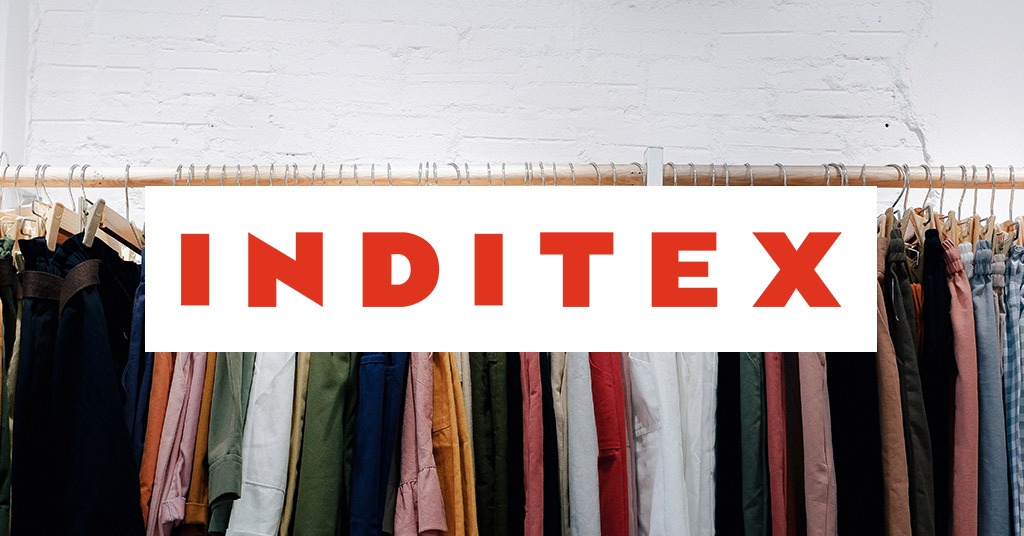Source: PaySpace Magazine
By Allie Cohen
Many could say that climate change is an existential crisis happening up close and in real-time. This is prompting individuals to expand the conversation of climate change to more unconventional sectors and industries; say, fashion. Many know that the most polluting industry is the oil industry, but what follows right behind is usually shocking. According to the UN, the fashion industry is widely believed to be the second most polluting industry in the world. While there has been some debate on whether the fashion industry does hold the spot for number two, one thing is for certain; the fashion industry is significantly impacting our environment, and not in a good way.
Fast-Fashion & The Case of More For Less
“Fast fashion” is a common umbrella term used to describe an approach to the design, creation, and marketing of clothing fashions that emphasizes making fashion trends quickly and cheaply available to consumers. Like all umbrella terms, it is lazily used to cover a wide range of topics and concepts. In the case of fast fashion, it is a term that goes beyond an approach to fashion trends to the intersection of business, economics, consumer behavior, and environmental implications. Specifically, at the core of fast fashion, it aims to (encourage) consumers to buy heaps of items, discard them after a few wears and then come back for another batch of new outfits. In turn, as of 2012, not only are individual consumers buying twice as many items of clothing per year as they did in 1985, but the fashion industry has shifted from a traditional summer, fall, winter, and spring fashion calendar to 52 micro-seasons of fashion.
At this point, you may be thinking, more for less is a good thing; and from the consumer side, it is. But like all definitions, they are relative, and in the case of what more-or-less means for the environment are significantly different. Specifically, producing and making clothes requires an exuberant amount of energy, chemicals, water, and waste. For example, it takes around 1,800 gallons of water to grow enough cotton to produce just one pair of jeans and 18 gallons of water, 1.5 kilowatts of energy, and 5 ounces of chemicals to finish a pair of jeans (meaning design jeans such as distressing). To put this into perspective, the amount of water used to produce enough cotton for a pair of jeans is more water than it takes to make a ton of cement or a barrel of beer. Additionally, making a pair of jeans produces as much greenhouse gases as driving a car more than 80 miles. Finally, if this wasn’t reason enough for concern, the average American owns seven pairs of jeans, and buys four new pairs every year. With this in mind, imagine how much damage to the environment jeans are doing, let alone all clothing.
Inditex, Agile Development, and Proximity Sourcing
Undeniably, buying more is bad for the environment; but what can we do about it? From a consumer standpoint, we could buy less; or, at least, buy second-hand clothing so not all of those resources go to complete waste. While these methods are great on the consumer side, fast fashion and these wasteful practices extend to retailers and manufacturers. Specifically, most retailers pre-commit about 60% of their production because it costs less to buy more upfront (again, more for less). Even if their products don’t sell for wholesale, retailers will simply push harder, with more marketing, discounts, and special offers. Conversely, Inditex, which is the largest fashion retailer in the world, has adopted “agile development.” This is a method for building software products, where instead of planning large deployments far in advance, teams deliver small, regular updates in batches, improving the product they are building with each new batch in response to customer feedback. In the case of Inditex, it is employing agile development by collecting quantitative data (how many garments are selling ) and qualitative data (why they are selling in stores in real-time) and simultaneously responding by buying products based on that data. Additionally, Inditex has meticulously based their manufacturers, distributors, and suppliers relatively close to each other (aka “proximity sourcing,”) to create and distribute clothes all within three weeks. Although not buying in bulk is initially more expensive, Inditex has outsized profits and market capitalization when compared to other publicly traded apparel retailers. Specifically, Inditex’s market capitalization has grown from €9 billion (about $9.4 billion at current exchange rates in 2001, to €87.5 billion (about $97.8 billion) today.
As you can see, being less wasteful with resources means being less wasteful with money. Contrary to the fast-fashion principle that more is less, the effects of the fashion industry on the environment, and Inditex, suggest that more is more and less is less. This means that wasting more resources means wasting more money and vice versa. While smaller retailers may face unique obstacles in adopting a business model similar to Inditex’s due to limited resources, it is the responsibility of all fashion retailers to reduce their carbon footprint. Moreover, as Inditex has proven, retailers can and need to find more environmentally-friendly business models.

